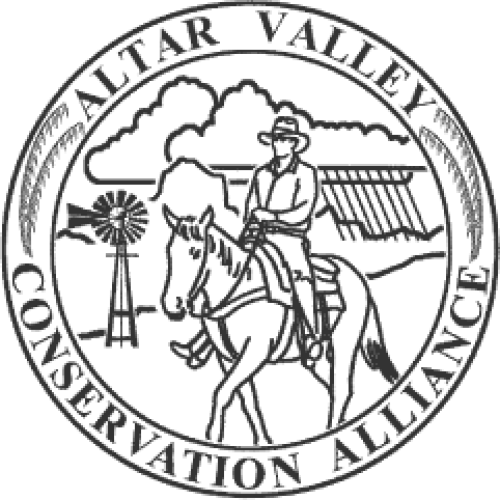Abstract
We examined short-term trends in relative abundance and species richness of breeding and wintering grassland birds before (1996) and after (1997, 1998) a prescribed burn in a mesquite-invaded, desert grassland at Buenos Aires National Wildlife Refuge, Arizona. We surveyed birds and sampled vegetation along 1-km line transects bisecting 14 (7 control, 7 burn) 25-ha plots located randomly within a burn and adjacent control unit. Following a spring burn that was moderate in intensity and patchy in areal extent, we observed that ground cover was affected more strongly by burning than mesquite (Prosopis) cover, smaller mesquite were affected more strongly by burning than larger mesquite, and mortality of mesquite was low. No change in total abundance of birds was detected on the burn unit following fire for either wintering or breeding birds; however, species richness of breeding birds decreased in the first year post-burn. During the breeding season, mourning doves (Zenaida macroura) increased, whereas Botteri's sparrows (Aimophila botterii), Cassin's sparrows (Aimophila cassinii), and cactus wrens (Campylorhynchus brunneicapillus) decreased in relative abundance following fire. During the wintering season, ladder-backed woodpeckers (Picoides scalaris) and vesper sparrows (Pooecetes gramineus) increased and cactus wrens decreased in relative abundance following fire. Beyond species-level trends, we found stronger evidence of trends and greater magnitudes of relative change for breeding species associated with open grasslands compared to those associated with shrubs. The use of spring burns on the Refuge will likely improve conditions for open-grassland species that were historically more abundant by killing smaller mesquite and reducing mesquite recruitment. However, more intense and extensive fires will be required to reduce the presence of larger mesquite. Such fires would likely have a greater impact on birds associated with shrubs, and consequently, a greater impact on the avian community as a whole. [AUTHOR ABSTRACT]

Reports and other documents about Sonoran Desert ecology, management, and conservation. Curated by the not-for-profit Altar Valley Conservation Alliance (AVCA) located outside Tucson, AZ.